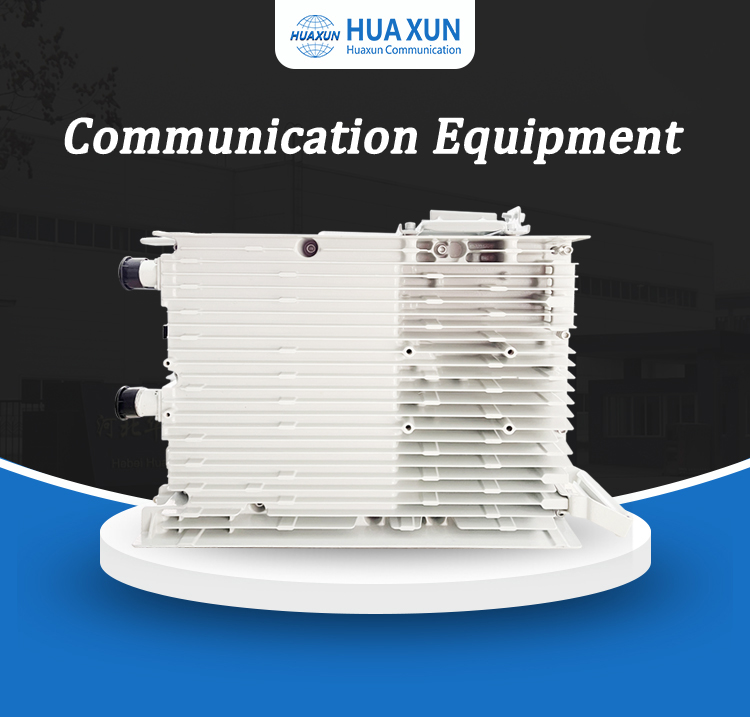Understanding RRU in Telecommunications
A Remote Radio Unit (RRU), also known as a Remote Radio Head (RRH) is a transceiver deployed on base stations. A transceiver combines the functionality of both a transmitter and receiver in one unit. Due to its features, RRU is used as a transceiver in telecommunications.
Definition of Radio Remote Unit (RRU)
A Radio Remote Unit (RRU) is a critical device in wireless communication networks that facilitates the transmission and reception of data, including text messages and various other forms of communication. Essentially, an RRU bridges the gap between an operator's network and end-user devices such as mobile phones and other user equipment (UE).
Typically positioned near the antenna, often atop a base station, RRUs play a pivotal role in enhancing signal quality. They are designed to amplify, filter, and handle both the reception and transmission of RF (radio frequency) signals, ensuring efficient and reliable communication within the network.
The Radio Remote Unit (RRU) connects to the base station via a bidirectional fiber optic link known as the Common Public Radio Interface (CPRI). CPRI is a standardized interface protocol developed by leading telecommunications manufacturers such as Huawei, Cisco, and Nokia, among others. This optical interface ensures a high-speed and reliable connection between the RRU and the base station, facilitating efficient data transmission.
An RRU also significantly reduces losses associated with traditional coaxial feed lines, enhancing system efficiency. This improvement not only optimizes signal quality but also provides considerable flexibility in the design and deployment of cellular sites. The reduced dependency on long coaxial cables simplifies site construction and maintenance, making it easier to integrate new equipment and upgrade existing devices.
Functions of RRU
The Radio Remote Unit (RRU) within a Base Transceiver Station (BTS) fulfills several crucial functions, including:
- Facilitating the transmission and reception of user signals to and from the base station.
- Providing seamless support and connectivity for user equipment, managing tasks like power management and signal delay.
- Processing electromagnetic signals received via a coaxial jumper.
- Serving as an interface between different physical links, such as optical and electromagnetic connections.
- Managing auxiliary equipment, such as the Remote-Control Unit (RCU), for tasks like remote electrical tilt adjustment (RET).
- Generating and transmitting various signals, including VSWR, RET commands, and ACT signals, among others.
Future Trends and Innovations
As telecommunications evolve towards 5G and beyond, RRUs will continue to evolve as well. Future innovations may include enhanced spectral efficiency, support for massive MIMO (Multiple Input Multiple Output), and increased integration with cloud-based network management systems.
Conclusion
In conclusion, Remote Radio Units (RRUs) are indispensable components in modern telecommunications networks, providing the necessary link between baseband processing and antenna systems. Their compact design, coupled with high performance and scalability, makes them ideal for enhancing network coverage and capacity. As the demand for seamless connectivity grows, RRUs will play a crucial role in shaping the future of wireless communications.
For more information on RRUs or to explore our telecommunications solutions, please contact us. As a leading supplier in the industry, we are committed to delivering innovative solutions that meet your network deployment needs.

评论
发表评论